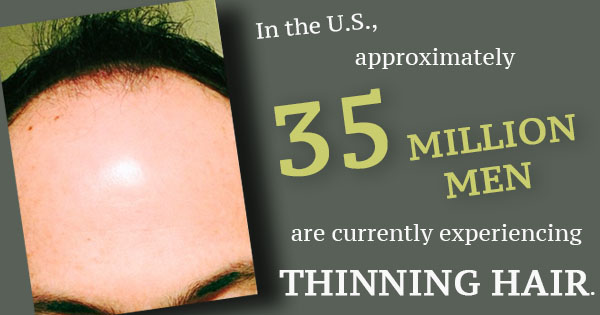New Research Could Hold Key to Hair Loss Prevention in the Future
Why is it that balding happens? Many mammals with longer life spans — not just humans — are known to lose hair as they grow older. Scientists from the U.S., Japan, and the Netherlands recently published a study indicating that the issue may be stem cell loss in follicles.
Can Research Fix Balding?
By analyzing mice, the researchers discovered that at around the time balding/hair loss begins, there were fewer hair follicles. Those that remained were thinner and smaller than before. Looking at the key genes seemed to indicate that accumulated DNA damage to the stem cells ultimately led to the diminishing hair follicles.
While these findings could hold promise for the future of hair loss solutions, for now, those dealing with the condition will need to rely on more conventional treatments. In the U.S., approximately 35 million men are currently experiencing thinning hair, and most of them aren’t going to want to wait 30 years for potential new developments thanks to current research.
Hair Transplants are Possible Today
There are several options available, luckily, for those interested in counteracting the effects of time and/or genetics. FUSS, or Follicular Unit Strip Surgery, involves taking a strip of scalp from an area of healthy growth and transplanting it to the balding area. This procedure has become less popular over the years because it scars, has a higher complication rate than newer procedures, and requires more recovery time.
FUE hair transplant, or Follicular Unit Extraction, is one of the more current options. In this procedure, much smaller hair grafts are harvested (think hair groupings of one to four hairs). They are tiny pouches of skin that are then moved to balding areas. As a hair restoration option, this is ideal for patients looking to avoid scar tissue, long waits, and complications.
What about patients who would rather avoid hair transplants, no matter how smoothly the procedure goes? One additional option for these patients is micropigmentation. In this procedure, a patient essentially gets a “hair tattoo” that successfully replicates the appearance of a very short haircut, and helps to hide balding spots. This is, of course, a good option for men who prefer short haircuts to begin with.
